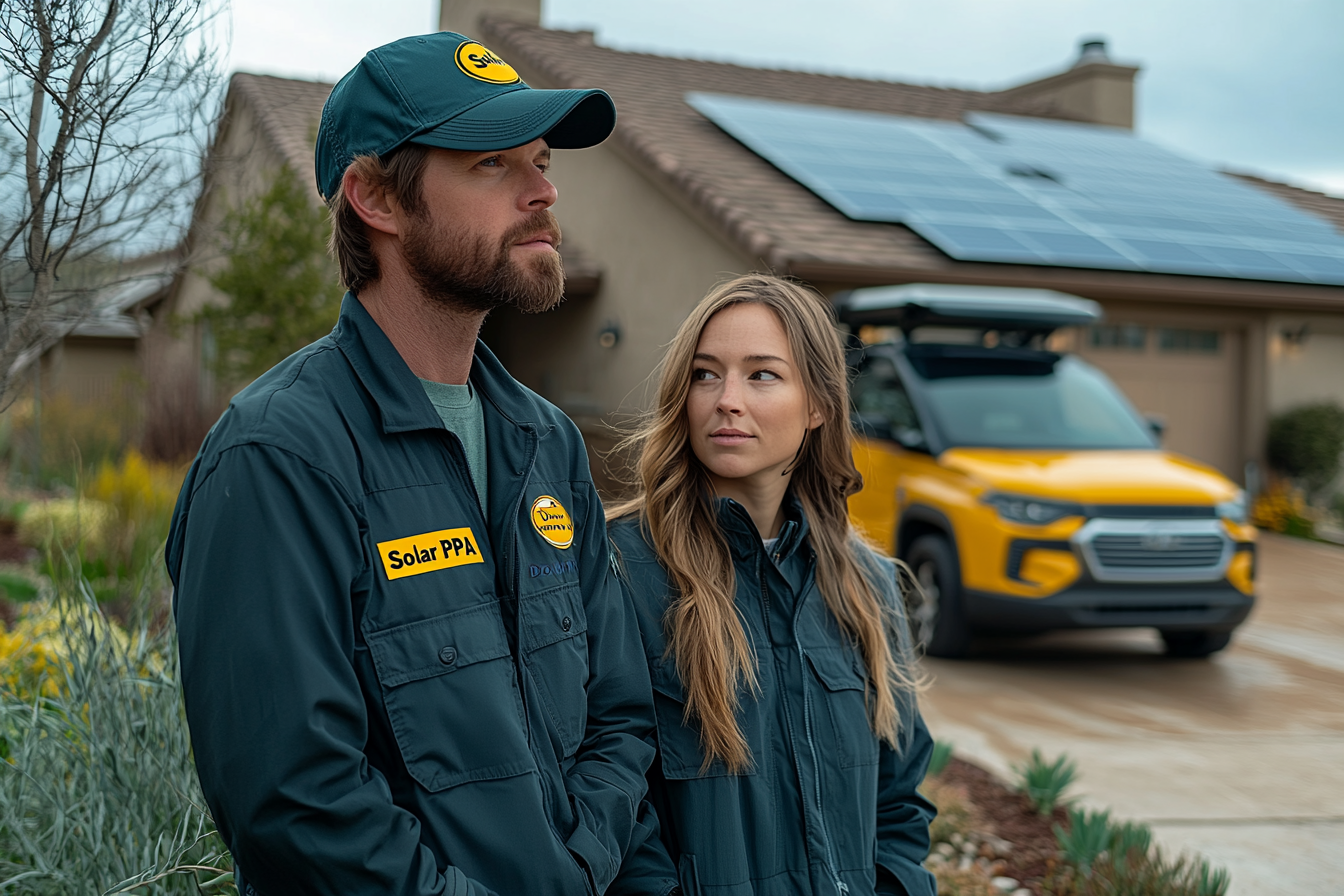What is a Solar PPA? A Beginner’s Guide for Canadians

Written by Solenery
2 min read
Introduction
Want to go solar but don’t have $20,000 upfront—or don’t want to take out a loan?
Good news: you don’t have to.
Enter the PPA, or Power Purchase Agreement—a growing “no-money-down” solar option in Canada.
A solar PPA allows you to install solar panels without buying them. Instead, you pay only for the electricity they generate—often at a lower rate than your utility.
It’s clean, predictable, and low-commitment. But like any contract, it comes with trade-offs.
This beginner’s guide explains:
- What a solar PPA is
- How it works in Canada
- How it compares to leasing or owning
- Whether it’s a smart choice for your home
What Is a Solar PPA and How Does It Work?
A Power Purchase Agreement (PPA) is a long-term contract (typically 15–25 years) between a homeowner and a solar provider.
How it works:
- The solar company installs and owns the system on your roof
- You pay monthly for the solar electricity used (not the panels)
- The rate is usually lower than your utility rate, and is either fixed or slightly increasing annually
Example:
In Ontario, if your utility rate is 20¢/kWh, a PPA might offer solar power at 16¢/kWh—saving you hundreds per year, with zero upfront cost
Solar Lease vs PPA: What’s the Difference?
Both are third-party ownership models (the provider owns the system), but the payment structure is different:
| Feature | Solar Lease | PPA |
|---|---|---|
| Payment Type | Fixed monthly fee | Pay per kWh used |
| Billing Risk | Same every month | Varies with usage/sunlight |
| Incentives Claimed | Solar provider | Solar provider |
| Ownership | Provider | Provider |
💡 Key Difference:
With a lease, you pay the same every month.
With a PPA, your bill varies depending on how much solar power your system generates and you use.
Who Offers PPAs in Canada?
While more common in the U.S., PPAs are expanding in Canada—especially where utility prices are high and net metering is available.
Current or Past PPA Providers:
- Sunrun Canada (select regions)
- Polaron Solartech – Ontario, Alberta, PEI
- SkyFire Energy – Alberta (commercial + some residential)
- Peak Power & Energy Co-ops – Certain municipalities
Best provinces for PPAs:
- Ontario – High hydro rates + net metering
- Alberta – Deregulated electricity market + solar-friendly policies
Note: PPA users do not qualify for most federal/provincial rebates (e.g., Greener Homes Loan, Clean Tech ITC, or Save on Energy) since they don’t own the system.
Pros and Cons of Solar PPAs
Pros
- No upfront cost
- Immediate monthly savings
- No maintenance – Provider handles repairs and performance
Cons
- No ownership = no rebates or tax credits
- Long-term contract (15–25 years)
- Complicates home sale – Must transfer PPA to buyer
- Fixed energy price – May feel less valuable if hydro rates fall
Important: Read your contract carefully—especially the buyout clause and rate escalator.
Is a PPA Right for You?
A PPA may be ideal if:
- You want solar but can’t afford to pay upfront
- You prefer not to take out a loan
- You plan to stay in your home 10+ years
- You live in a province with high utility costs or strong net metering
A PPA may not be ideal if:
- You want to maximize long-term ROI
- You want to own the system and claim incentives
- You plan to sell or move within the next few years
💡 Tip: Use Solenery Insights to see if a PPA makes financial sense in your province compared to ownership or leasing.
Conclusion
Solar PPAs are a flexible, low-barrier way to go solar in Canada—especially for homeowners who want:
- No upfront cost
- Lower utility bills
- Maintenance-free clean energy
While you give up ownership perks like rebates and full ROI, you gain access to affordable solar with minimal hassle.